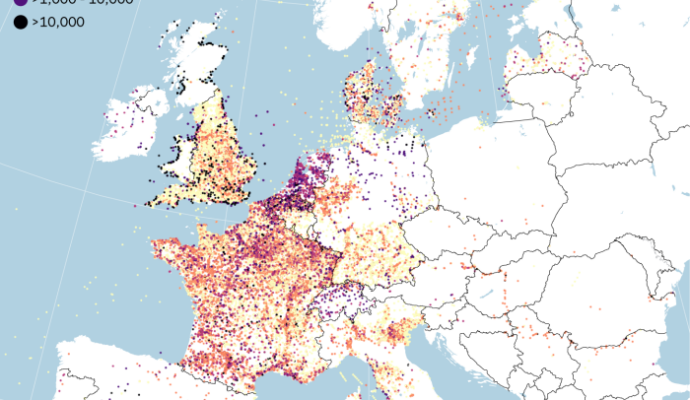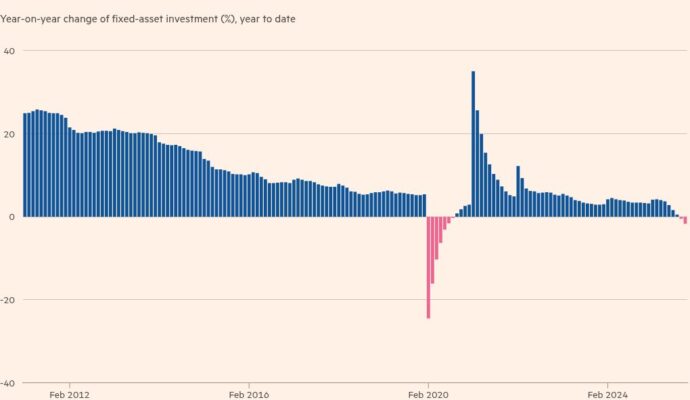The Dalai Lama turns 90 years old on Sunday, a milestone birthday for the spiritual leader who transformed from humble origins in the then-remote, inaccessible “Roof of the World” to global statesman and Buddhist leader helming one of history’s longest non-violent resistance movements.
As he had promised more than a decade ago, the Dalai Lama announced ahead of his 90th birthday that the institution of the Dalai Lama will continue on to a successor — one that he said would be selected by his non-profit, not the Chinese government. Beijing, for its part, says the selection must adhere to Chinese law.
During an event kicking off his birthday celebration, the Dalai Lama reflected on the connections of his life as a leader rather than the tensions.
“Throughout my life, I have worked for the welfare of the Tibetan people, preservation of the Dharma and for the happiness of all,” he said. “I have engaged in dialogues and discussions with scientists and many representatives of the world, and cultivated deep insightful relationships with individuals across the globe. As a result, I consider my life so far has been a profoundly purposeful and deeply fulfilling one.”
Recognition, invasion, escape
For the man born Lhamo Thondup on July 6, 1935, in the small hamlet of Taktser in northeastern Tibet’s historical Amdo region, the journey to spiritual leadership began at the age of two, when a party of Tibetan monks, following ancient portents and Tibetan Buddhism reincarnation traditions, arrived at his village in search of the 14th Dalai Lama. After the 13th Dalai Lama’s passing in 1933, search teams had fanned across Tibet following reported signs and visions – including the head of the embalmed 13th Dalai Lama turning from southeast to northeast, indicating where his successor would be found.
The precocious boy correctly identified items belonging to the 13th Dalai Lama. Following his recognition, he journeyed with his family to Tibet’s capital Lhasa in 1939, where his formal enthronement ceremony was held a year later on Feb. 22, 1940 – launching a life that would span the Chinese invasion of Tibet, the birth of a global movement of peaceful resistance in exile, and the spread of Tibetan Buddhism worldwide.
The young Dalai Lama’s childhood ended abruptly in 1950 when the Chinese Communist regime’s People’s Liberation Army (PLA) invaded Tibet. He was only 16 when he assumed full temporal and spiritual leadership of his nation as Chinese troops overwhelmed Tibet’s poorly equipped army. For nearly a decade, he sought to find accommodation with China’s new communist rulers, even traveling to Beijing to meet Chairman Mao Zedong in 1954-55.
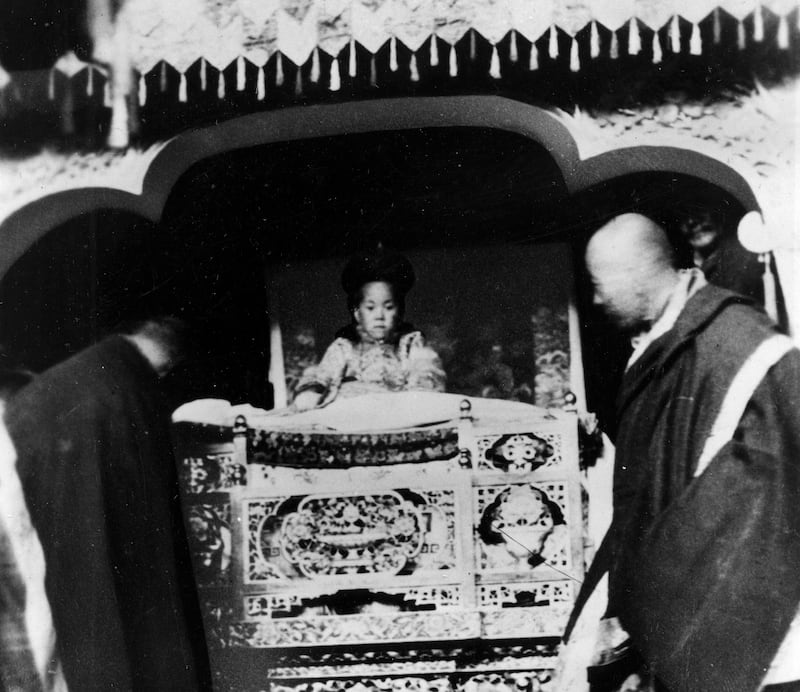
But Mao’s chilling comment to him — that “religion is poison” — revealed the impossibility of that hope and foreshadowed the religious and cultural destruction that ensued during the Cultural Revolution. As guerrilla warfare erupted across Tibet and tensions reached a breaking point, the unthinkable became inevitable.
On March 10, 1959, thousands of Tibetans surrounded the Dalai Lama’s summer palace in Lhasa, fearing Chinese plans to abduct their beloved leader. Seven days later, under cover of darkness and disguised as a soldier, the 23-year-old Dalai Lama began his legendary escape across the Himalayas to India. Time Magazine would later headline his flight as “God-King in Exile.”
Traveling only at night to avoid Chinese patrols with a party of 100 including family members, cabinet ministers, and Tibetan guerrillas, the Dalai Lama arrived in India after two harrowing weeks. Tibetan devotees later spoke of mist and clouds that seemed to shield the Dalai Lama’s escape party from being spotted by Chinese planes. Whether divine intervention or fortunate weather, the escape captured the imaginations of people worldwide.
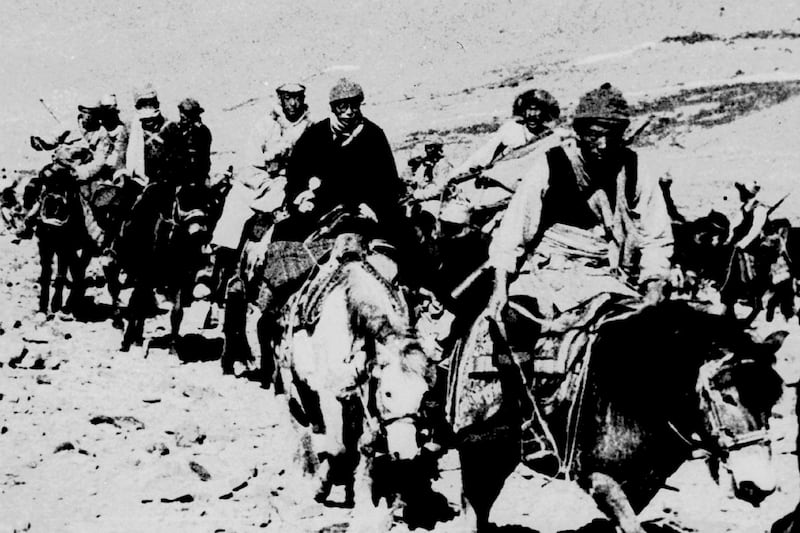
Gift of democracy
Arriving in India as a refugee, the Dalai Lama faced an unprecedented challenge: leading 80,000 displaced Tibetans who had followed him into exile while keeping alive hopes for Tibet’s freedom.
Rather than establishing a traditional monarchy-in-exile, he chose a revolutionary path: granting the gift of democracy to the Tibetan people.

In February 1960, at the holy Buddhist pilgrimage site of Bodh Gaya in India’s northeastern state of Bihar, the Dalai Lama outlined his vision for democratic governance.
Later that year, he established the first elected representative body in Tibetan history, with the members — who represented the different sects of Tibetan Buddhism and Tibet’s three historical provinces of Kham, Amdo, and U-Tsang — taking their oath on September 2, a day that has since been celebrated as ‘Tibetan Democracy Day.’
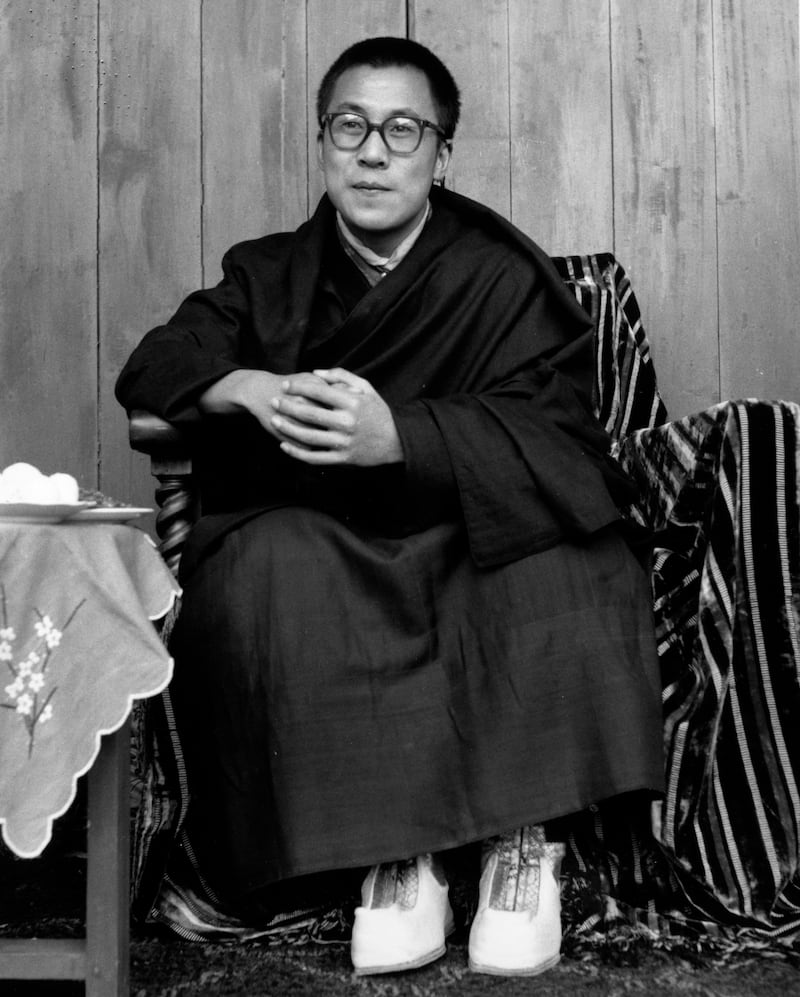
The democratic transformation has accelerated over the past five decades, with the adoption of the Charter of Tibetans-in-Exile by the Tibetan parliament-in-exile in 1991, the establishment of the Tibetan Supreme Justice Commission as the judicial arm of the Tibetan government in 1992, and the first direct elections of the Tibetan political leader by exiled Tibetans in 2001.
The most significant moment in the Dalai Lama’s democratic reform came in the form of his historic devolution of all political powers in 2011 to the democratically elected leader of the Tibetan exile government, known as the Central Tibetan Administration (CTA).
“Since the fifth Dalai Lama, Ngawang Lobsang Gyatso, the Dalai Lamas have assumed both spiritual and temporal rule over Tibet. As I am the fourteenth in line of that institution, it is most appropriate if I, on my own initiative, happily and with pride, end the dual authority of the Dalai Lama,” the Dalai Lama said in March 2011 when he announced the transition.
He added that “the rule by kings and religious figures is outdated” and that Tibetans must “follow the trend of the free world which is that of democracy.”
Lobsang Sangay became the first democratically elected political leader, or Sikyong, of the Central Tibetan Administration in 2011. In 2021, Penpa Tsering, who had previously served as the Speaker of the Tibetan parliament-in-exile, won the presidential elections, taking over from Sangay in what was the first transfer of power since the Dalai Lama’s announcement in 2011.
“The decision to devolve my power is also a part of advancing the democratization process,” the Dalai Lama said.
Beyond democratic reforms, the Dalai Lama has built what is regarded as one of the world’s most successful refugee communities designed to keep alive the Tibetan way of life — spanning the Tibetan settlements in India, Nepal and Bhutan, to a growing diaspora spread across countries in North America, Europe, Australia, and Asia.
From his early days in exile, the Dalai Lama focused on establishing schools for Tibetan children. A comprehensive educational system enabled Tibetan students to learn their history and preserve their language, religion, and culture, while keeping pace with modern advancements and needs.
He founded the Tibetan Institute of Performing Arts in 1959; created the Central Institute of Higher Tibetan Studies as the primary university for Tibetans in India in 1967; and supported the establishment of hundreds of monasteries and nunneries in exile to preserve Tibetan religious traditions – the large majority of which can be found in different parts of India.
Middle Way approach
Until 1985, the Dalai Lama rarely traveled outside India. But recognizing that Tibet’s survival depended on international support, he embarked on an unprecedented campaign — 60 international trips between 1986 and 1999, visiting an average of 10 countries annually. He met with world leaders, changemakers, policymakers, scholars, artists and activists to elevate the Tibetan struggle to global consciousness.
In 1989, he was awarded the Nobel Peace Prize for his “peaceful solutions based upon tolerance and mutual respect,” cementing his status as an international moral authority.
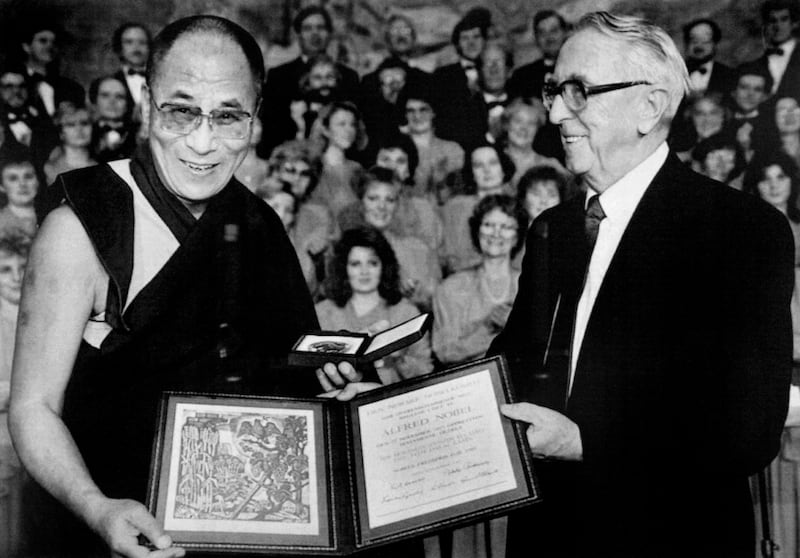
Other major honors include the 2007 Congressional Gold Medal, the highest civilian award bestowed by the American Congress; the 2012 Templeton Prize for contributions to spiritual understanding; and the 1959 Ramon Magsaysay Award for community leadership. The 12th General Assembly of the Asian Buddhist Conference for Peace unanimously bestowed upon him the title “Universal Supreme Leader of the Buddhist World.”
Indeed, the Dalai Lama’s ascension to the world’s most visible and revered ambassador of Buddhism was as remarkable as it was deliberate.
Yet his impact and appeal transcended religion. With his infectious laughter, warm humor and teachings on how to promote moral values, inner happiness and religious harmony, he made ancient Buddhist wisdom relevant to modern audiences.
Stadium-sized crowds gathered for his teachings. His books became bestsellers. His meetings with world leaders generated global headlines, even as they drew angry reactions from the Chinese government.
A pivotal moment in the Tibetan struggle came in 1987-88, when he presented his “Five-Point Peace Plan” to the U.S. Congressional Human Rights Caucus in 1987. He later elaborated on it at the European Parliament on June 15, 1988 as the “Strasbourg Proposal,” in which he introduced the “Middle Way Approach” that formed the basis of negotiations between the Dalai Lama’s envoys and the Chinese government in several rounds of talks.
Rather than demanding independence for Tibet, the Dalai Lama’s ‘Middle Way’ approach calls for meaningful autonomy for all Tibetans living in the three traditional provinces of Tibet within the framework of the People’s Republic of China – one that enables the protection and preservation of Tibetan culture, religion and national identity.
Nine rounds of formal talks and one informal meeting between his envoys and Chinese officials occurred between 2002 and 2010, but achieved no breakthrough. Chinese officials rejected proposals by the Tibetan delegation seeking greater autonomy for Tibet within China.
“All my life I’ve advocated for nonviolence. I’ve done my utmost to restrain the understandable impulses of frustrated Tibetans… Especially, ever since our direct conversations after my exile began with Beijing in 1979, I’ve used all my moral authority and leverage with the Tibetan people, persuading them to seek a realistic solution in the form of a genuine autonomy within the framework of the PRC,” the Dalai Lama wrote in a new book published in March 2025.
“I must admit I remain deeply disappointed that Beijing has chosen not to acknowledge this huge accommodation on the part of the Tibetans, and has failed to capitalize on the genuine potential it offered to come to a lasting solution,” he said.
Several governments, including those of the United States and European countries, have repeatedly urged China to resume dialogue with the Dalai Lama’s representatives for a peaceful resolution to the Tibetan issue. But Beijing continues to call him and the CTA “separatists,” while ruling out any talks on the demand for greater autonomy for Tibet.
“Any contact or talks [with a representative of the Dalai Lama] will only be about the personal future of the 14th Dalai Lama himself, or at most, a handful of people close to him, not the so-called ‘high degree of autonomy for Tibet,’” a Chinese foreign ministry spokesperson said last year when outlining conditions for possible resumption of talks on Tibet.
His comments reflect Beijing’s intensified focus on the issue of the Dalai Lama’s reincarnation, including exploring all avenues to gain control over the selection of a successor amid efforts to gain legitimacy over its occupation of Tibet and authority over the global Buddhist population.
But in his recent memoir titled “Voice for the Voiceless,” the Dalai Lama wrote that his successor will be born in the free world – which he described as outside of China.
“Since the purpose of a reincarnation is to carry on the work of the predecessor, the new Dalai Lama will be born in the free world so that the traditional mission of the Dalai Lama — that is, to be the voice for universal compassion, the spiritual leader of Tibetan Buddhism, and the symbol of Tibet embodying the aspirations of the Tibetan people — will continue,” he wrote.
Edited by Greg Barber

